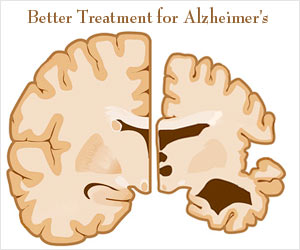
Utilizing non-invasive methods like light, sound, and magnets to trigger gamma brain waves shows potential in Alzheimer’s Disease (AD) treatment.
Understanding Potential Therapeutic Approaches for Alzheimer’s
The study, published in the Journal of Internal Medicine, revealed that such strategies may be beneficial because Alzheimer’s is characterized by reduced fast brain oscillations in the gamma range (30-100 Hz). The researchers from the Massachusetts Institute of Technology (MIT) noted that recent studies reveal that it is feasible and safe to induce 40 Hz brain activity in patients with Alzheimer’s through a range of methods.
Also, preliminary evidence suggests that such treatment can yield beneficial effects on brain function, disease pathology, and cognitive function in patients.Various cells in the brain beyond neurons — including microglial cells, astrocytes and vascular cells — seem to be involved in mediating these effects.
Advertisement
“We are actively investigating the mechanism by which the 40 Hz brain activity recruits diverse cell types in the brain to provide neuroprotective effects.”AD is the most common type of neurodegenerative disease and a health challenge with major social and economic consequences. Gamma stimulation paradigms have expanded from visual stimulation to include auditory, audiovisual, tactile stimulation, and transcranial noninvasive stimulation.
However, researchers stressed the need for larger clinical studies to ascertain the long-term benefits of gamma stimulation. In animal models, the focus should be on delineating the mechanism of gamma stimulation and providing further proof of principle studies on what other applications gamma stimulation may have.
Source-IANS



